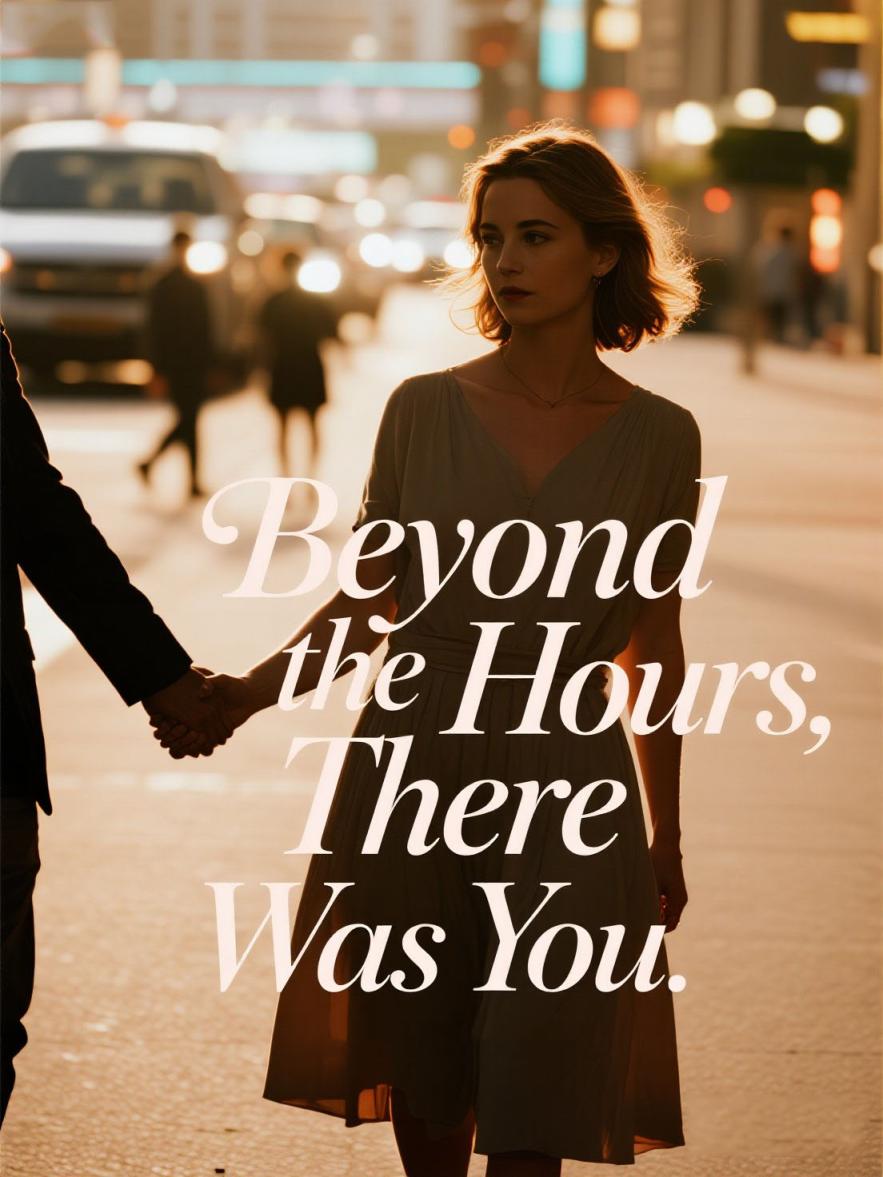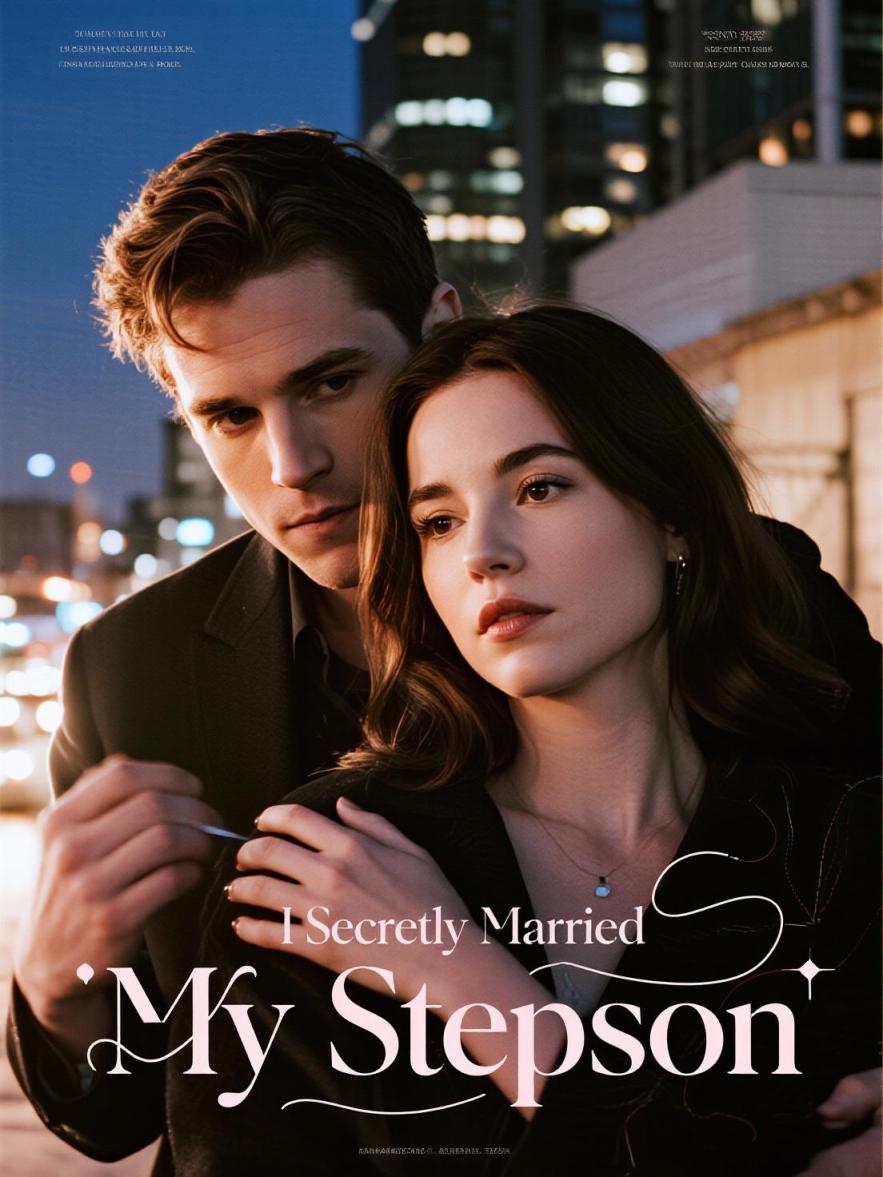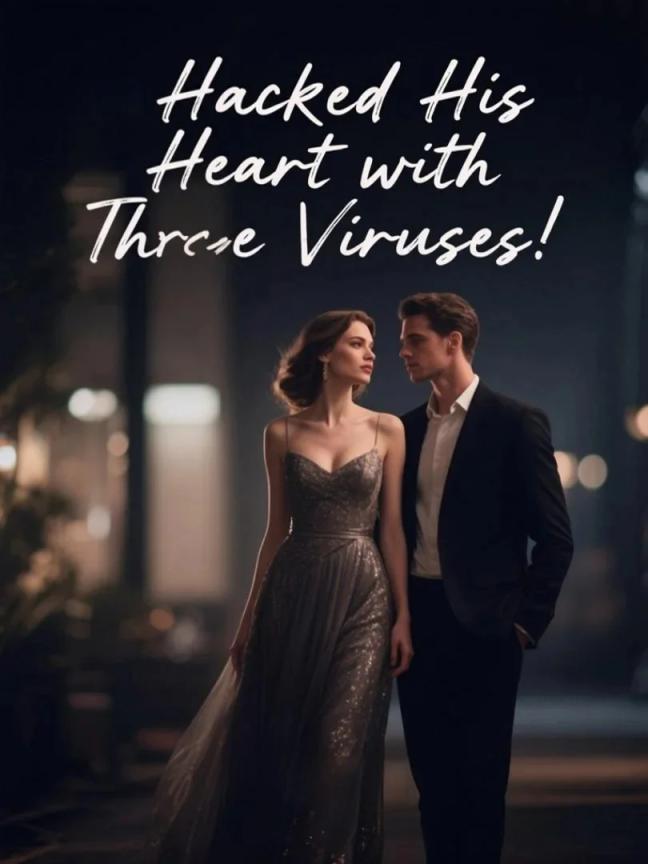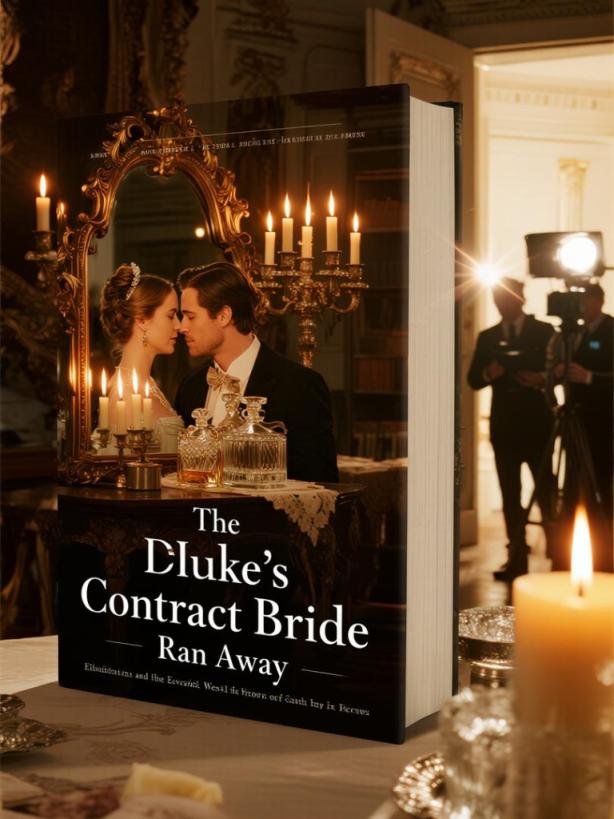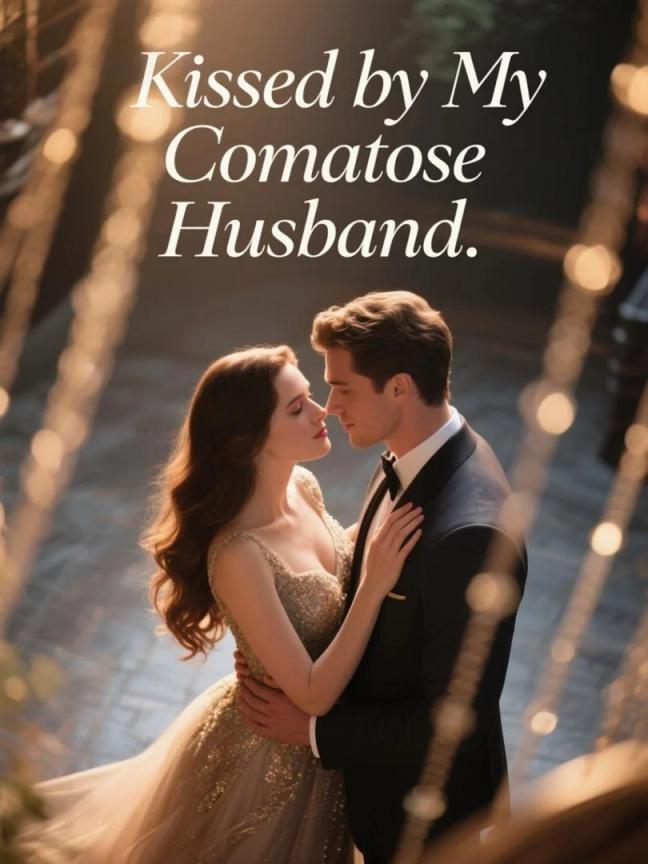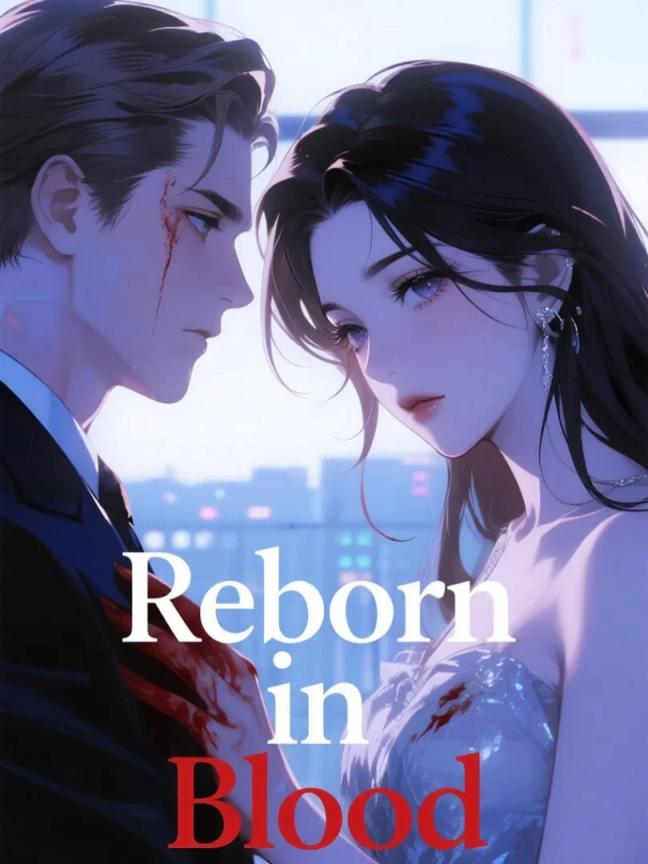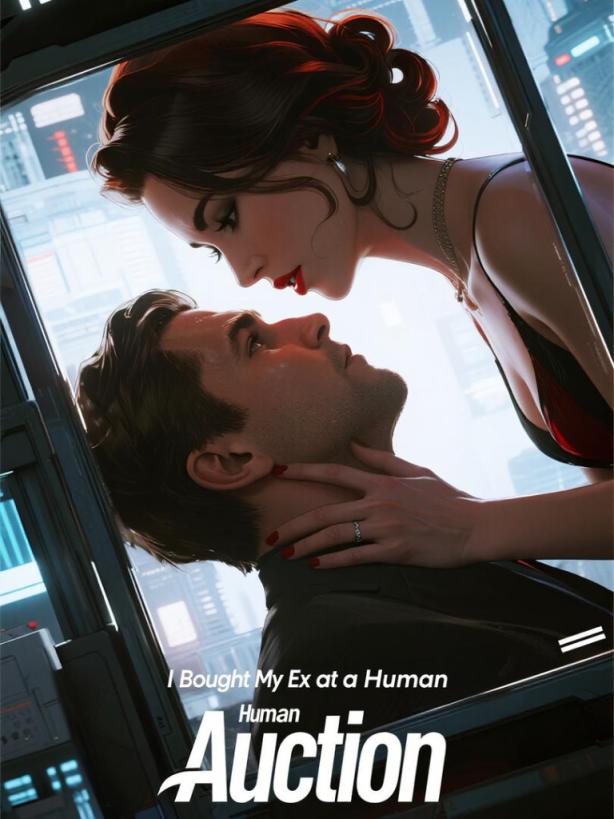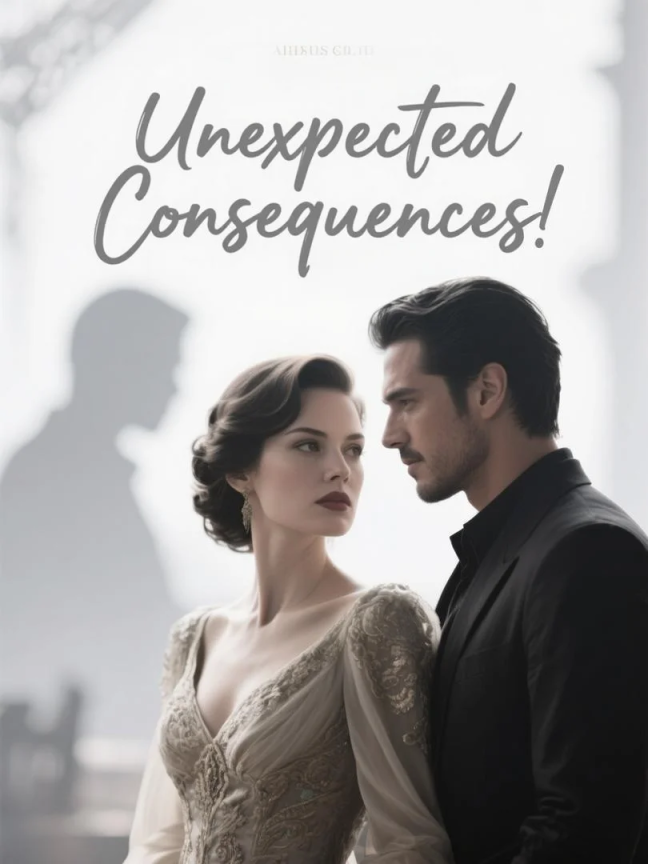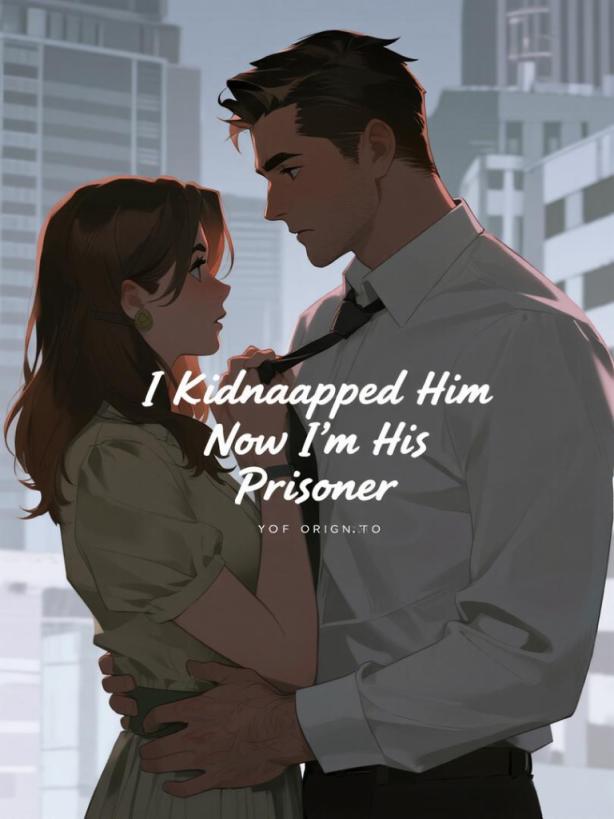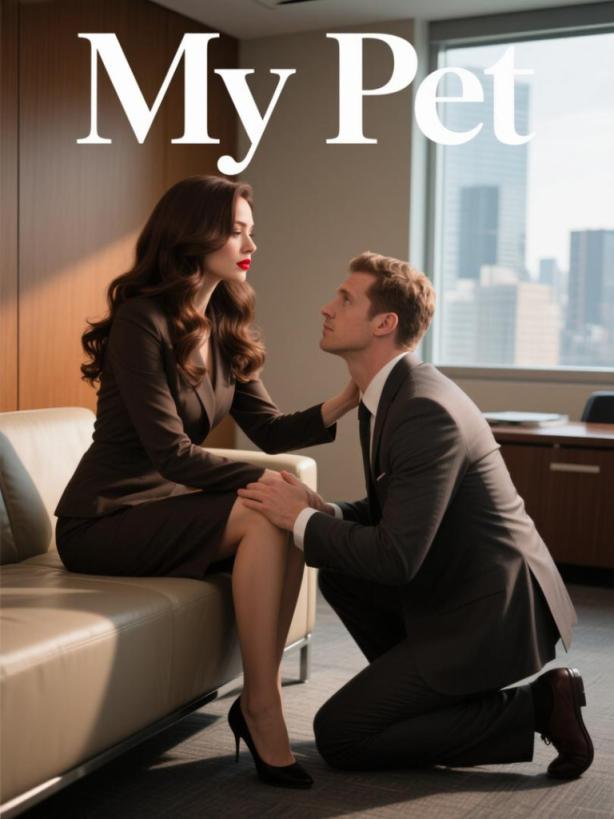Chapter 5 Mirror Fingerprints
# Chapter 5: Mirror Fingerprints
I've been taking the pills—or pretending to. Each morning and evening, I place the small white capsule under my tongue while Rowan or Helen watches, then spit it into a tissue when I'm alone. I've collected seven pills so far, hidden in an empty perfume bottle in my bathroom drawer. I don't know what they contain, but I know I can't trust anything given to me in this house of mirrors.
Two weeks after discovering Rowan's file, I finally have my opportunity. He's attending a three-day neuroscience symposium in Chicago, and I've convinced him I'm stable enough to stay home with just Helen's daily visits. The moment his car disappears down the driveway, I begin my real investigation.
First stop: the kitchen, where the scalpel was allegedly found. The police have long since released our home as a crime scene, but there must be evidence they missed—something to explain whose blood was on my hands that night if not Rowan's.
I search methodically, examining every drawer, cabinet, and crevice. In the back of a seldom-used utensil drawer, I find it—a small evidence bag that must have been overlooked during the investigation. Inside is a single sheet of paper: the fingerprint analysis from the scalpel handle.
My heart races as I unfold the report. The fingerprints found on the murder weapon were indeed mine—index finger, thumb, and palm prints in a grip pattern consistent with stabbing. But there's an anomaly noted at the bottom of the report:
"Secondary prints detected but anomalous—mirror inversion pattern suggests transfer rather than direct contact. Further analysis required."
Mirror-inverted fingerprints? I've never heard of such a thing. I grab my laptop and search for information on reversed fingerprints, finding only obscure forensic articles about print transfers and impression evidence. None quite explain what the report described.
I'm about to close the browser when a notification pops up—an email from an address I don't recognize: [email protected]. The subject line reads simply: "Look closer."
Against all better judgment, I open it. The message contains only an image file. When I download and open it, I find myself staring at a handwritten note in elegant, flowing script:
"Some write from left to right. Others, right to left. Only one person you know writes both ways with equal ease. Check the bathroom mirror. -F"
The handwriting looks eerily familiar—fluid, precise, with distinctively curved 'y's and 'g's. It takes me a moment to recognize it as my own, though I never write in this ornate style. And who is "F"? Me? Faye?
I hurry to the master bathroom, examining the large mirror above the double sinks. Nothing seems unusual until I notice a slight gap between the mirror and the wall on one side. When I press against it, the mirror swings outward like a door, revealing a hidden medicine cabinet.
Inside are prescription bottles—dozens of them, all with Rowan's name and the same medication: Rivestrin. I've never heard of it. The prescribing doctor is Norris—the same doctor who whispered to me in the hospital. I pocket one of the bottles for future research.
As I'm about to close the hidden cabinet, I notice something etched into the back panel—words scratched into the metal with what must have been a sharp object:
"F, you never look in the mirror... why?"
The question sends a chill through me. Why would someone—presumably Rowan—leave such a cryptic message in a hidden place? And why note that I don't look in mirrors? I use mirrors daily for makeup, hair styling...
Don't I?
I force myself to stand directly before the bathroom mirror, really looking at my reflection. A woman in her early thirties stares back at me—shoulder-length brown hair, green eyes, a small scar on her left eyebrow that I got falling off a bike at age nine. Me.
But something feels wrong. The face is mine, but somehow not mine, like looking at a photo that's been subtly altered. I raise my hand to touch my cheek, and my reflection does the same, perfectly mirroring my movements.
What was I expecting? For my reflection to move independently? To reveal some hidden truth?
I shake off the strange feeling and return to the kitchen, where I left the fingerprint report. Mirror-inverted prints. The email mentioned someone who writes both left-to-right and right-to-left with equal ease.
Rowan. Rowan is ambidextrous, famously so. His colleagues used to joke that his brain's hemispheres were in perfect balance, allowing him to write complex equations with either hand. I've seen him take notes with his right hand while sketching diagrams with his left.
But mirror writing—writing backwards so it can only be read when reflected in a mirror—that's a different skill entirely. Leonardo da Vinci was known for it, and some children do it naturally before being taught "proper" writing. Had Rowan ever demonstrated this ability?
I search the house for examples of his handwriting, collecting notebooks and journals from his desk, grocery lists from the kitchen, birthday cards from previous years. None show any signs of mirror writing.
Then I remember—his lab notebooks. Rowan keeps his most important research notes in leather-bound journals, separate from his digital files. He's old-fashioned that way, believing the act of handwriting helps him think more clearly. Those notebooks would be in his campus office or the laboratory.
I grab my phone, searching for information on Rivestrin while formulating a plan to access Rowan's lab. The search returns nothing—no pharmaceutical listings, no medical journal articles, not even forum discussions about side effects. It's as if the drug doesn't exist outside the bottles in our bathroom.
Helen is due to arrive in an hour. I need to hide my discoveries and appear normal—whatever "normal" is supposed to be in this distorted reality. I return everything to its place, making sure to secure the hidden mirror cabinet.
As I'm straightening the kitchen, a sudden wave of nausea hits me. I barely make it to the sink before violently retching. To my horror, what comes up isn't the toast I had for breakfast but a thick blue liquid—the exact color of the diamond in the ring found in my stomach.
I stare at the blue substance, my mind racing. Is this a side effect of the medication I've stopped taking? A reaction to whatever was in that ring? Or something else entirely?
The doorbell rings—Helen arriving early. I quickly rinse the sink, washing away the evidence, but as I turn to leave the kitchen, I catch sight of my reflection in the window above the sink.
My reflection is smiling. A cold, calculating smile that doesn't match the terror I feel.
I blink, and the image normalizes—just my own frightened face looking back at me. A hallucination? Another delusion? Or something more sinister?
I let Helen in, playing the role of recovering patient while my mind churns with questions. She administers the usual tests—blood pressure, temperature, cognitive assessments designed to measure my "grip on reality." I pass them all with practiced ease, having learned exactly what answers will satisfy her clinical checklist.
"Dr. Harlow called to check on you," she mentions while recording my blood pressure. "He seemed concerned you might be struggling with his absence."
"I'm fine," I say, forcing a smile. "It's actually peaceful having some quiet time."
Helen makes a noncommittal sound, neither believing nor disbelieving me. "He asked me to make sure you're taking your medication. Said you might be resistant."
"I've been following the regimen exactly," I lie. "The pills help."
After she leaves, I return to my investigation, focusing now on the mirror-inverted fingerprints. If they weren't mine directly, whose were they? And how did they get on the scalpel?
The answer comes to me in a flash of insight—transfer prints. If someone wearing gloves handled the scalpel after I did, my prints could have transferred to the gloves. If those gloves were then turned inside out—perhaps when being removed—the prints would appear reversed when transferred back to another surface.
But why would someone do that? To frame me for a murder that didn't happen?
I need to see the actual murder weapon again, not just the fingerprint report. The scalpel was entered into evidence, but with the case dismissed, it should have been returned to Rowan as the alleged victim's property.
I search his study again, methodically working through drawers and cabinets. Nothing. Then I try his bedroom—our bedroom, though I've been sleeping in the guest room since returning home. In the back of his closet, I find a small safe hidden behind shoeboxes. It requires a six-digit code.
I try the obvious—his birthday, my birthday, the date we met. Nothing works. On a hunch, I enter the date engraved in the blue diamond ring: 07-09-23. The safe clicks open.
Inside is the scalpel in its evidence bag, the blade still faintly stained with dried blood despite forensic testing. I carefully remove it, examining the handle where "To Faye, Love R" is engraved in delicate script.
I've never seen this scalpel before the courtroom. If Rowan gave it to me, I have no memory of receiving it. I turn it over in my gloved hands (I'm not making the mistake of leaving fresh prints), studying the craftsmanship. It's a high-end surgical tool, the kind used in delicate neurosurgical procedures—Rowan's specialty.
The engraving catches my attention again. The lettering is precise, professional—not hand-etched but machine-engraved. Beneath the dedication, nearly invisible unless you're looking for it, is a tiny maker's mark: the letters "RH" intertwined.
Rowan Harlow. He made this himself.
But that doesn't make sense. Rowan is a neurosurgeon, not a metalworker or engraver. He could have commissioned it, certainly, but why put his own mark on it?
Unless...
I rush back to the kitchen, grabbing a hand mirror from my purse. Holding the scalpel under bright light, I position the mirror to reflect the engraving.
What I see steals my breath. In the reflection, the dedication reads differently:
"R, To Faye With Love"
And the maker's mark, reflected, becomes "HR"—my initials before taking Rowan's name. Harlow, Faye.
I made this scalpel. I gave it to Rowan, not the other way around.
The room spins around me as implications cascade through my mind. If I made the scalpel, if I gave it to Rowan, then what really happened that night? Did I attack him? Did he defend himself? Or was someone else entirely involved?
I need to test one more thing. Taking the scalpel to the bathroom, I stand before the mirror, holding it up as if to strike. The position feels familiar, my muscles remembering a motion my mind cannot recall. In the mirror, I can see both my face and the scalpel, poised to plunge downward.
But my reflection's expression doesn't match my own horror and confusion. In the mirror, my lips curl into a satisfied smirk, my eyes cold and calculating. I drop the scalpel in shock, backing away from my own image.
The nausea returns, more violent than before. I barely make it to the toilet before vomiting another stream of blue liquid. It's thicker this time, almost gelatinous, with an iridescent quality that reminds me of the blue diamond's shimmer.
When I finally stop retching, I look up—directly into the mirror above the bathroom sink. My reflection stares back, but now there's no mistaking the difference. While I am pale, sweating, and terrified, my reflection appears composed, almost amused.
She—I—raises a finger to her lips in a shushing gesture, then points downward toward the sink.
I look down, seeing nothing unusual in the white porcelain basin. When I look up again, my reflection has normalized, mimicking my confusion and fear with perfect accuracy.
Am I hallucinating? Is this what Rowan meant about my "condition"—that I experience visual delusions and project sinister intent onto my own reflection?
Or is something far more complex happening?
I clean myself up and return to the safe, replacing the scalpel exactly as I found it. As I'm about to close the door, I notice something else inside—a small black notebook I overlooked initially. The cover is unmarked, but when I open it, I find page after page of handwritten notes in Rowan's distinctive script.
Except every entry is written backwards, readable only when reflected in a mirror.
I grab my hand mirror again, holding it up to the first page. The reflected text reads:
"Phase 2 trials continue to exceed expectations. Subject F demonstrates remarkable neural plasticity, accepting implanted memories with minimal rejection syndrome. The snake tattoo continues to emerge as a breakthrough symbol—a manifestation of the subject's subconscious recognition of intervention. Subject R demonstrates similar acceptance patterns but with heightened emotional response to implanted scenarios, particularly those involving loss or betrayal of Subject F."
I flip through more pages, each more disturbing than the last. Rowan has been documenting some kind of experiment—one involving both of us as subjects, with memory implantation, electrode stimulation, and psychological manipulation.
The final entry, dated just three weeks ago, chills me to the bone:
"Breakthrough and setback simultaneously. Subject F has achieved autonomous access to mirror state—observed her accessing reflection communication without electrode activation. This suggests neural pathways have permanently adapted to the protocol, allowing for potential untriggered transitions. However, Subject F subsequently removed monitoring electrode 17 and destroyed the control module. Have initiated emergency protocol MIRROR LOCK to prevent complete integration before safeguards can be reinstalled. Norris concerned about irreversible bleed-through if subject reaches mirror during current unstable condition."
I close the notebook, my hands trembling uncontrollably. "Mirror state." "Reflection communication." "Integration." The clinical language barely disguises the horrifying implication—that there is another version of me, accessible through mirrors, created or revealed through Rowan's experiments.
And somehow, I removed an electrode and broke free of his control three weeks ago—right before I "killed" him.
I return to the bathroom mirror, forcing myself to look directly at my reflection. "Who are you?" I whisper.
My reflection doesn't answer, doesn't move independently, doesn't give any sign of being anything other than light bouncing off glass. But as I continue to stare, I notice something I missed before—a small, almost invisible line at the base of my reflection's throat, just above the collarbone.
The exact placement where a snake tattoo would begin.


